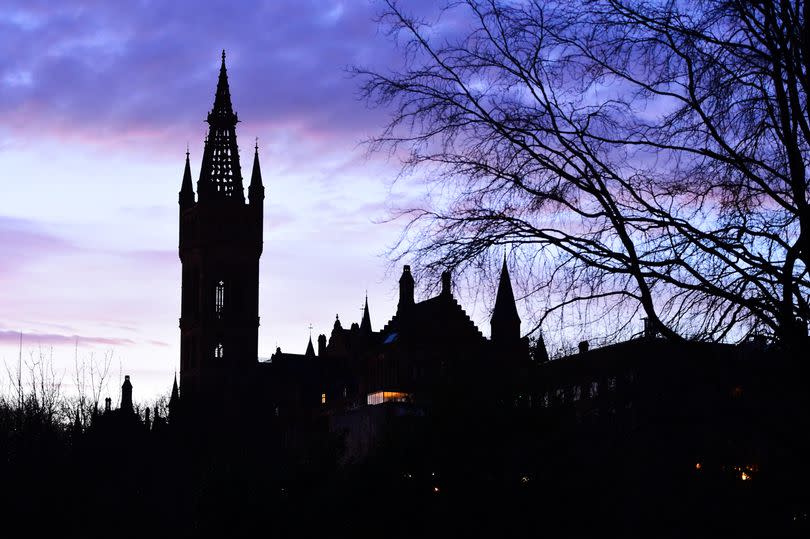Permanent lighting in Glasgow parks to improve safety considered after 'successful' trial

Permanent lights are now being considered in Glasgow parks to improve safety following a “successful” trial.
Pilot projects in Queen’s Park and Kelvingrove Park have found off-grid lighting columns are “feasible”, Glasgow City Council has said.
Funding options are currently being explored, with councillors and community representatives able to allocate a share of a £1 million per ward infrastructure improvement fund towards park lighting.
READ MORE: Glasgow Victoria Infirmary resident hits out after promised hall cupboard opens to a wall
READ MORE: Former Rangers director awarded £500,000 after suing law officer for malicious prosecution
The issue of lighting Glasgow’s parks came to the fore during COP26 in 2021 when local residents were forced to walk through Kelvingrove Park late at night due to a police diversion.
Campaigners called for lights to be installed but the council initially said it did not encourage people to use parks at night, partly because lights would disrupt nocturnal wildlife.
However, a motion from Cllr Jill Brown, Labour, in December that year secured support for work to identify “necessary infrastructure to provide sensitive lighting solutions”.
A council spokesman said the trial of “solar and wind powered lighting columns in Kelvingrove and Queen’s Park has shown that off-grid lighting is feasible in city parks”.
He added: “The pilot programme is now complete and we are working our way through the different options available to the communities involved in the pilot and will provide support for any funding applications that might be pursued.
“Any proposal to introduce lighting permanently will require careful consideration of the potential impact on safety, biodiversity, equality of use and carbon emissions.”
A report by council officials states two off-grid lighting columns were trialled in the two parks and “performed to a satisfactory level in relation to lighting provided and robustness of the installation”.
Cllr Ruairi Kelly, SNP, the council’s convener for neighbourhood services, said: “Lighting trials of off-grid columns and waymarking lights in both Queen’s Park and Kelvingrove have proven successful along with safety interventions such as improving sight lines and vegetation cut back.
“A number of funding streams have been identified for potential further work in the three pilot parks and area partnerships now have options should they also wish to spend some of the million pounds allocated to each ward on park lighting.”
There are 23 area partnerships in Glasgow, representing each of the council wards, and they include local councillors as well as community representatives.
Work to improve lighting in Cranhill Park, the third pilot park, has also been carried out, and Scottish Government funding is expected to be used to develop this further.
The council report adds the three area partnership surrounding Queen’s Park — Langside, Southside Central and Pollokshields — requested proposals for funding should be submitted.
Langside and Southside Central have “agreed to part-fund installation of lighting” in the park subject to further talks with stakeholders, while Pollokshields noted discussion with Friends of Queens Park would take place.
Officials add off-grid solutions that use renewable sources and require “light-touch” installation, rather than the “invasive ground works” needed to install mains lighting columns. This would reduce the impact on species and habitats, they say.
“The Kelvingrove trial (between January and February) involved a solar and wind column which performed adequately at suitable park settings,” the report states. “Data analysed from the column has shown that despite adverse weather conditions, the column has stored adequate energy to perform.
“The Queen’s Park lighting trial is a solar column, which needed a winter setting to function during the darkest months of the Scottish climate. Once the winter setting was applied to the column, it performed well at a low wattage and by mid-February, the winter setting could be switched off.”
A previous report stated full lighting impact assessments would be needed if funding is secured.
Sign up to our daily Glasgow Live newsletter here to receive news and features direct to your inbox

 Yahoo News
Yahoo News 
